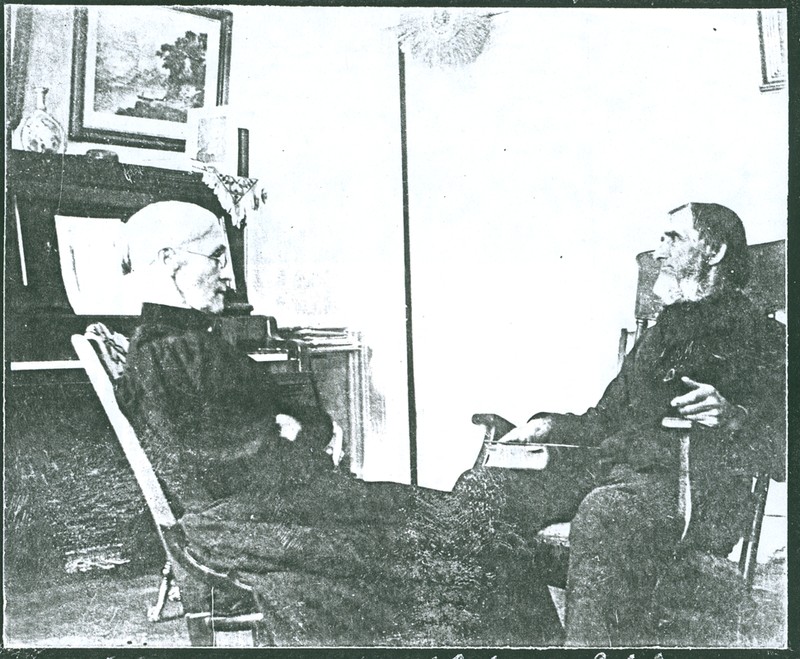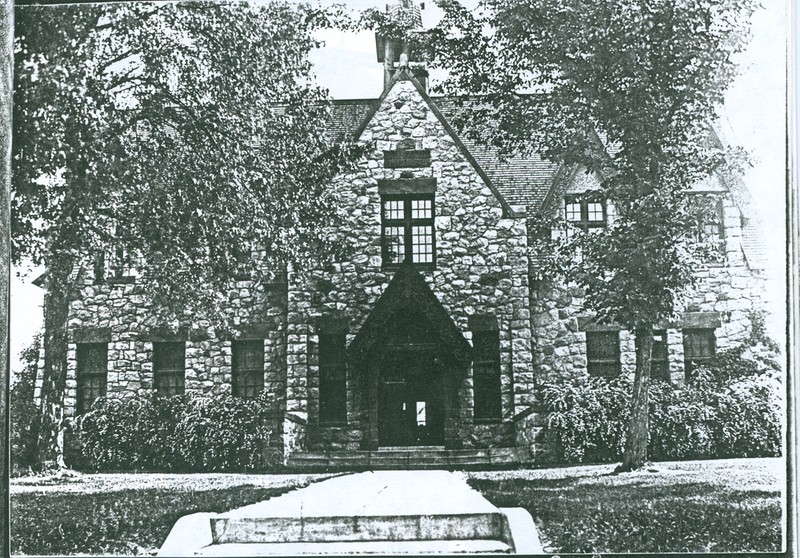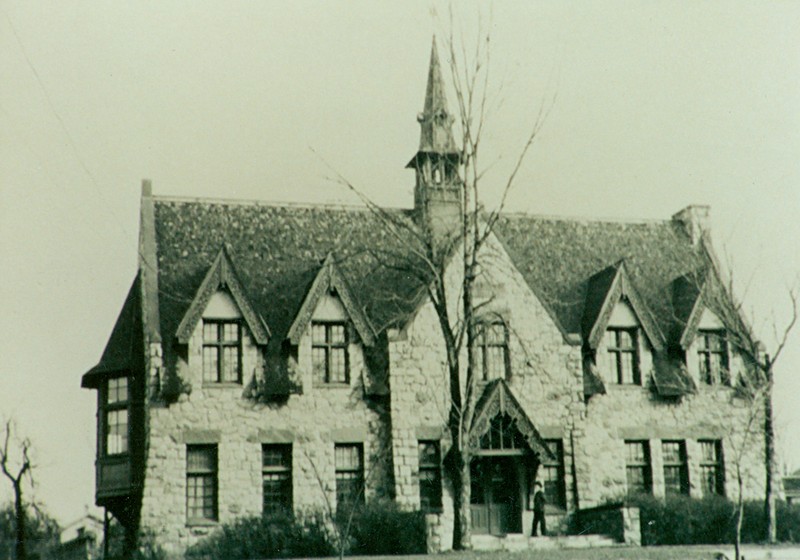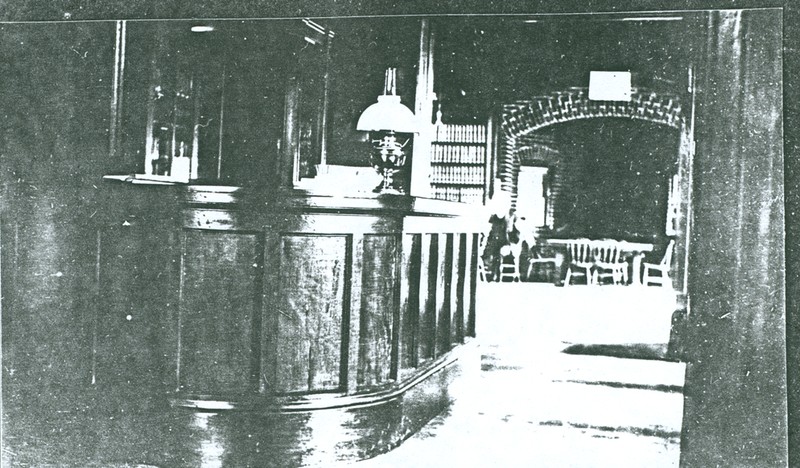L. D. Fargo Public Library
Introduction
Text-to-speech Audio
Images




Backstory and Context
Text-to-speech Audio
In 1899 the Village of Lake Mills, a thriving community, was in need of a public library, with the urging of the local Women’s Club and in the memories of the four children the Fargo’s lost, Lorenzo Dow Fargo and his wife Sara, made a gift of $5,000 for a public library building. “It stands in our midst as a living monument to their memory”. Mr. Fargo was from the first generation of pioneers who settled in the Lake Mills area, purchasing a government claim in 1846 that carried the name of James K. Polk, U.S. President and becoming a farmer to the west of Rock Lake on what is now the Battist Farm.
L. D. Fargo proposed the following to the then Village Board in 1899:
“To the Honorable President and Board of Trustees of the Village of Lake Mills, Wis.: The undersigned L.D. Fargo makes through you, the constituted authorities of the Village of Lake Mills, Wis., the following proposition:
I will cause to be erected in said village a library building at a cost of five thousand dollars, during the present year upon the following conditions:
1. It shall be known as the Lorenzo Dow Fargo Public Library.
2. The village of Lake Mills shall provide a suitable lot (approved by me) on which to place said building. Sixty days will be allowed in which to provide such lot.
3. When completed, the property to be in the control of a library board appointed under the laws of Wisconsin governing the same.
4. The building to be lighted, heated, kept in repair and maintained by the constituted authorities of said village of Lake Mills.
5. A reading room in connection with the library shall in a like manner be maintained and kept open such days and evening in each week as the library board may determine.
6. A museum may be placed in the building, not to interfere with the library space.
7. Room in the building may be occupied by the Women’s Club or clubs; the Woman’s Christian Temperance Union; also for literacy and scientific purposes; but in no case to interfere with the work of the library.
8. Temperance literature, embracing standard works, the latest books and periodicals on that subject shall always be a prominent feature of the library.
9. The Bible shall always have a place in the library.
10. Whenever the building and premises are no longer used for library purposes as herein provided, the building and land shall revert to the original donors, share and share alike, as each may have contributed.
11. Additions to the building may be made from time to time, as the wants of the library interest may demand and the means provided.
Plans by architect George Ferry were accepted for the Library building. The library is designed in the Neo-gothic Revival Style which is a simplified form of the Gothic Revival and was employed primarily for churches. Characteristics include steeply-pitched roofs, irregular massing, and a random ashlar finish. George Ferry was also the architect for the Pabst Mansion I Milwaukee, WI. Volunteers who owned a team and wagon were invited to haul stones for construction of the library building from L.D. Fargo’s farm west of Lake Mills giving the library a unique look.
On August 21 & 22, 1902 the L. D. Fargo Public Library was dedicated. Miss Eva Stiles was hired as Librarian, with the starting salary of $1.00 per day. The first day of library service was on October 7th, 1902 after a large number of books were donated by the Women’s Club comprised of many reference books becoming the nucleus of the library’s collection.
A Children’s Room was added in 1927 and later a summer reading program was started in 1948. Unfortunately in 1980 fire caused heavy damage to the Library structure’s damaging children’s books and the record collection, volunteers cleaned the fire damaged building and materials assisting in making the library ready for limited use for basic services. By April of 1981 the reconstruction was complete and the library was back in full operation.
Thirty years later, after two years of fundraising and planning the library’s full interior was renovated in 2013 relocating the circulation desk, adding needed bathroom facilities in the lower level children’s area, and a general facelift highlighting the buildings architectural style.
Sources
Liebenow, Roland. Historic Homes of Lake Mills. Hartington Press.
